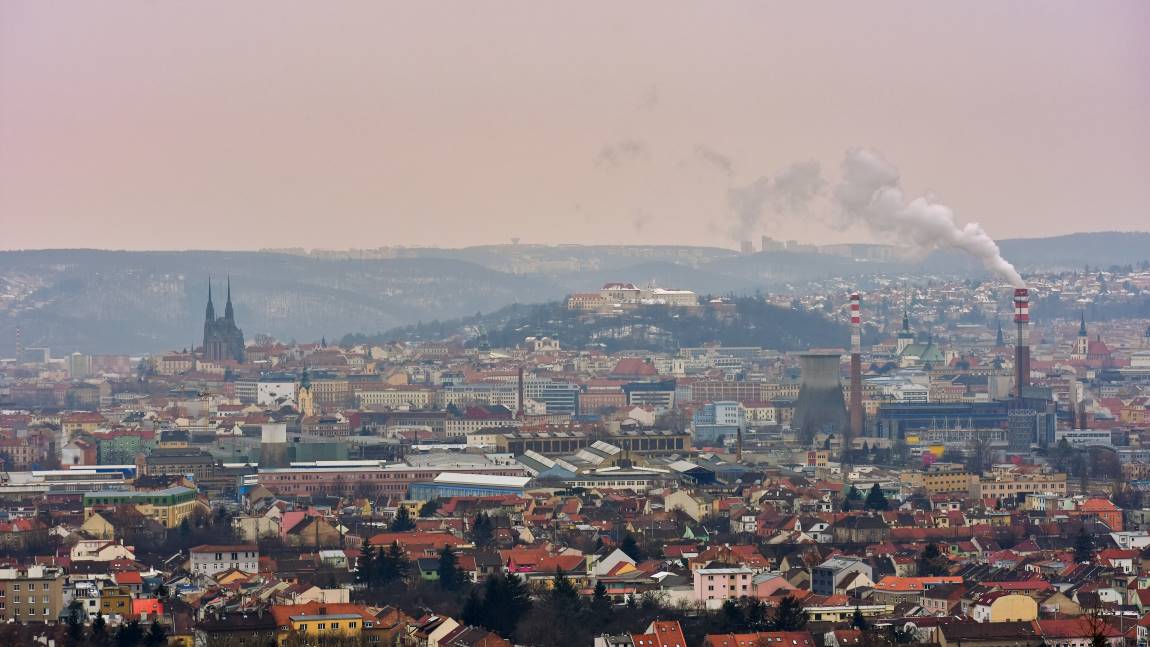Air pollution continues to pose significant risks to human health and ecosystems in Europe, despite some progress in mitigating its impact.
According to the European Environment Agency’s (EEA) latest assessments, exposure to fine particulate matter (PM2.5) alone resulted in nearly 240,000 premature deaths in the European Union in 2022. This key pollutant, alongside nitrogen dioxide (NO2) and ozone (O3), also remains a substantial burden on ecosystems, with 73% of European ecosystems experiencing damaging levels of nitrogen deposition.
These findings come as the EU implements stricter air quality rules under the revised Air Quality Directive, which takes effect today. The directive aligns EU air quality limits more closely with World Health Organization (WHO) recommendations, aiming to reduce the health impacts of air pollution further by 2030.
Progress and persistent challenges
The EEA briefing ‘Harm to human health from air pollution in Europe: burden of disease status, 2024’ highlights an encouraging trend: between 2005 and 2022, deaths linked to long-term exposure to PM2.5 declined by 45%. This keeps the EU on track to achieve its Zero Pollution Action Plan goal of a 55% reduction in such deaths by 2030.
However, air pollution remains the leading environmental health risk in Europe, contributing to chronic illnesses and premature deaths, particularly in urban areas.
Leena Ylä-Mononen, EEA Executive Director, emphasized the urgency of tackling the issue: “It is good news for all citizens that we have stricter EU air quality rules in place as of today, but still too many people across Europe, especially those in cities, are negatively affected by poor air quality resulting in illness and premature deaths, which are largely preventable through reducing the levels of these pollutants in the environment.”
The health impact of air pollution extends beyond individual mortality. Chronic exposure to air pollution is a factor in respiratory and cardiovascular diseases, reducing life expectancy and quality of life for millions.
Impacts on ecosystems
The ecological consequences of air pollution are equally alarming. According to a separate EEA briefing ‘Impacts of air pollution on ecosystems in Europe’, nitrogen deposition from the atmosphere is altering ecosystem structures and functions, a process known as eutrophication. This excessive nutrient loading affects plant diversity, with 73% of ecosystems across the EU exceeding critical nitrogen thresholds in 2022.
The EU’s Zero Pollution Action Plan seeks to reduce the area of ecosystems impacted by nitrogen deposition by 25% compared to 2005 levels by 2030. Yet, progress has been insufficient, with reductions reaching only 13% between 2005 and 2022.
Strengthening air quality policies
The revised Air Quality Directive introduces new standards to be achieved by 2030, aligning more closely with WHO recommendations. Additionally, it expands monitoring requirements to include pollutants such as ultrafine particles, black carbon, and ammonia. This expansion reflects a growing recognition of the broader spectrum of pollutants impacting health and the environment.
Despite these advances, the EEA stresses that continued efforts are needed to address air pollution comprehensively. The updated country-specific factsheets released alongside the reports offer tailored insights into national emissions trends, health impacts, and progress in reducing pollution.
As Europe moves forward with stricter air quality policies, the findings underscore the pressing need to sustain and amplify efforts to mitigate air pollution. The new regulations aim to reduce the preventable burden of illness and mortality, while also protecting ecosystems vital for biodiversity and agricultural productivity. Achieving these goals will require coordinated actions from governments, industries, and citizens to clean Europe’s air and safeguard its environment for future generations.
Article Source:
Press Release/Material by European Environment Agency (EEA)
Featured image: The icons of the Brno city’s ancient churches, castles Spilberk and Petrov. Czech Republic, Europe. Credit: montypeter | Freepik




